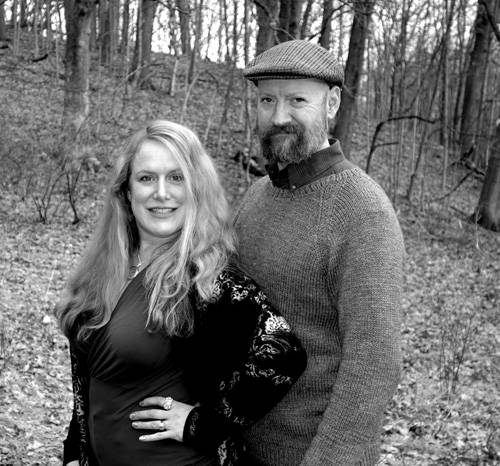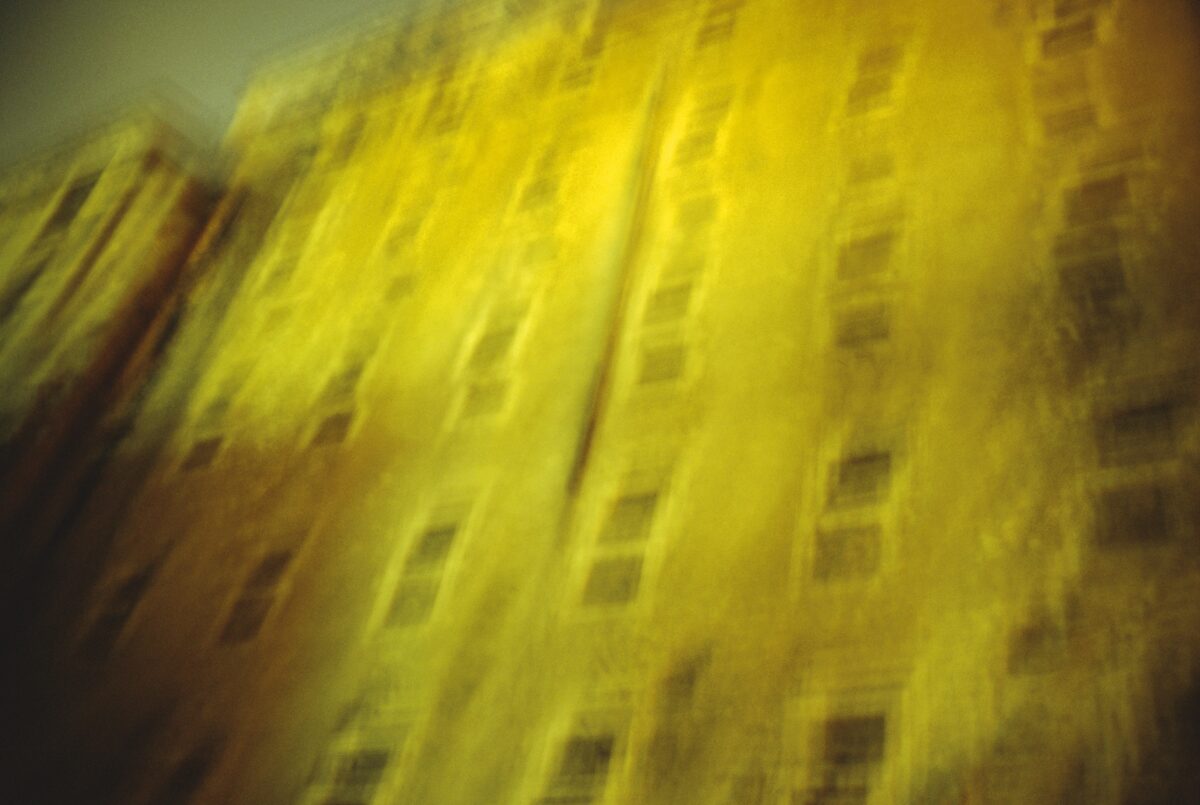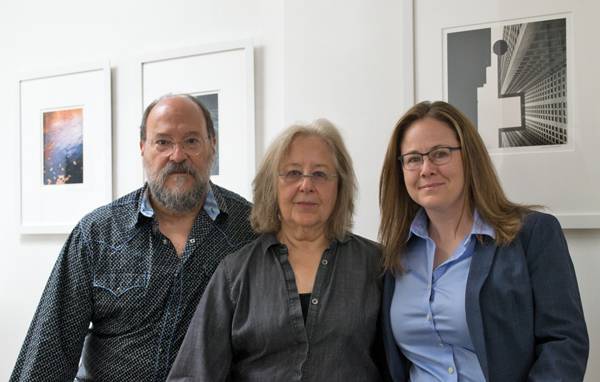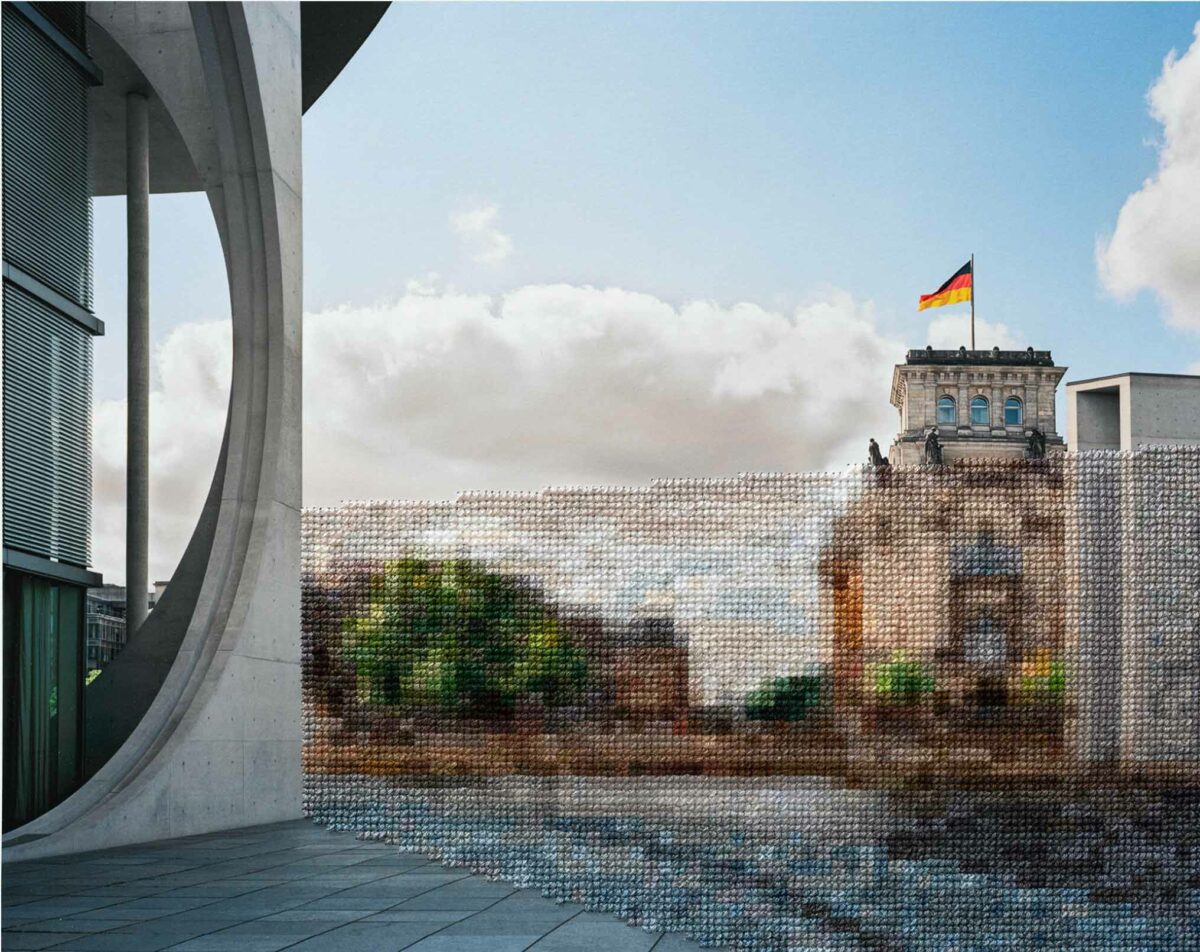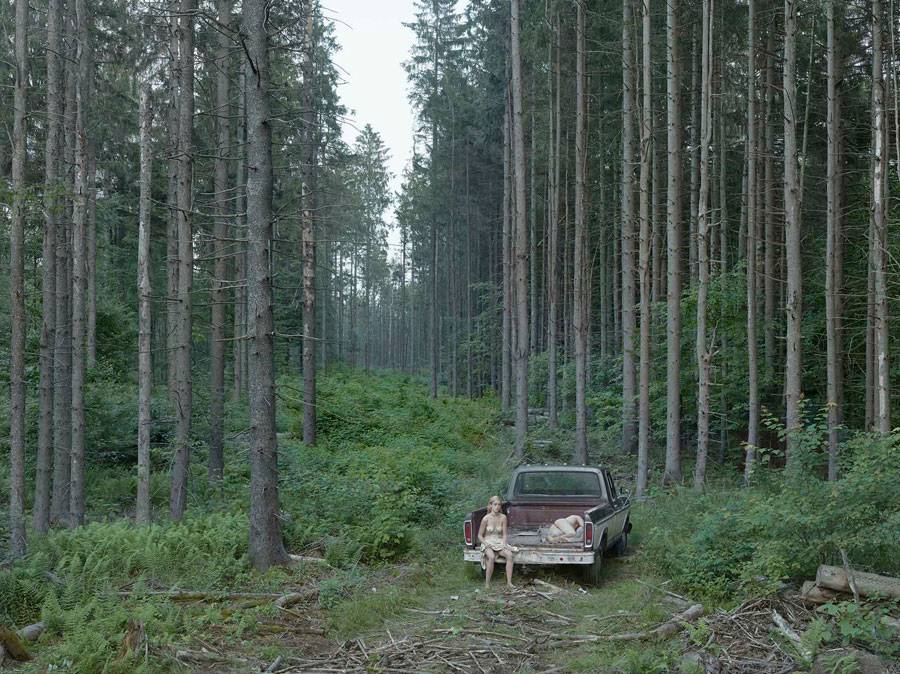

In 2011, Gregory Crewdson left his busy life in New York for the quiet, rural town of Becket, Massachusetts. Reeling from a recent divorce, the photographer lived in a former church and spent his days wandering the snowy forests. On a walk deep in the woods, Crewdson came across a trail called Cathedral of the Pines, whose symbolically charged name and stunning location inspired a new series of images.
On view at Gagosian Gallery through March 5, the Cathedral of the Pines series marks a subtle departure from his earlier work. Stepping away from the scenes of desolate American suburbia he’s known for, Crewdson shifts his focus to rural communities that appear to be stuck in the 1970s: outdated cars, dark paneling, Formica countertops. Crewdson’s distinctively cinematic aesthetic persists, as well as a dark psychological undercurrent. In Father and Son (2013), a middle-aged man appears to be dying alone in bed, but the mirror next to him shows a young boy sitting next to him. The image raises more questions than it answers. Is the son a figment of the man’s imagination? What sequence of event leads to this surreal scene? The photographer offers a glimpse into his subjects’ stories, then abruptly stops short of an explanation.
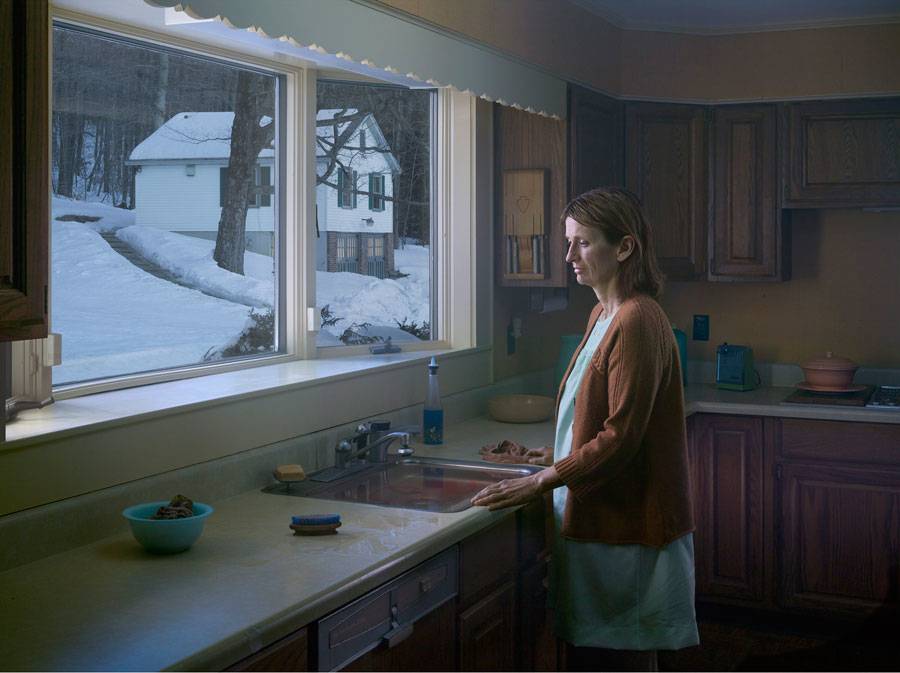

Crewdson’s images hint at a vague despair underlying the quiet lives of the town’s characters. In Woman at Sink (2014), a middle-aged woman stands in a dark kitchen, lost in thought, her solemn face illuminated by the winter sun shining through the window. In Pickup Truck (2014), two young people sit on the back of a truck, inexplicably nude in the middle of the forest. These surreal images are almost painterly in their treatment; Crewdson carefully alters the color scheme, staging, and mood to create a feeling of suspense. As observers, we are kept at a distance without a clear narrative to follow, only rural scenes made strange at the hand of Crewdson’s production crew. Our belief that a photograph must reflect reality is called into question; we can’t trust these images to capture the truth. Perhaps, Crewdson suggests, we can never know the real story.


